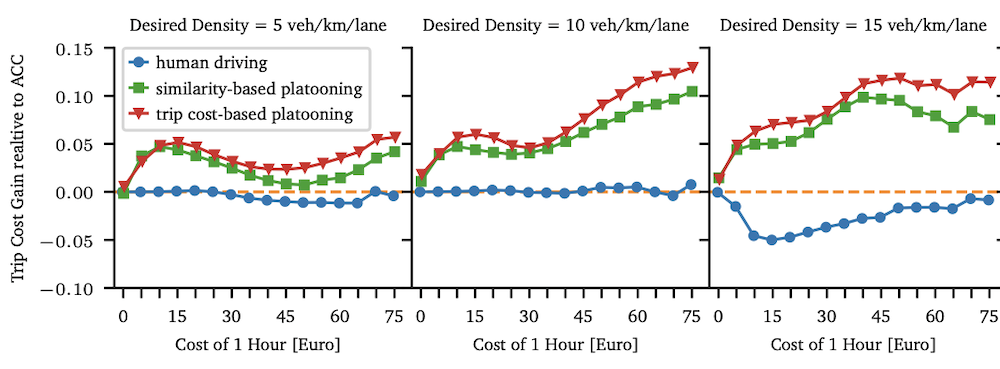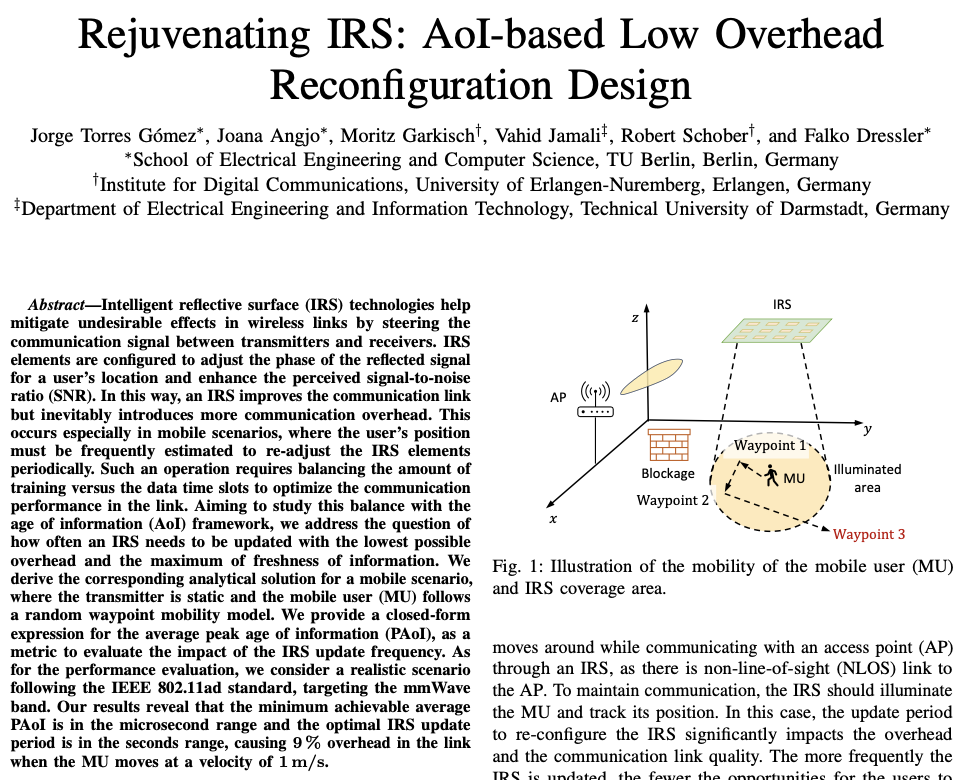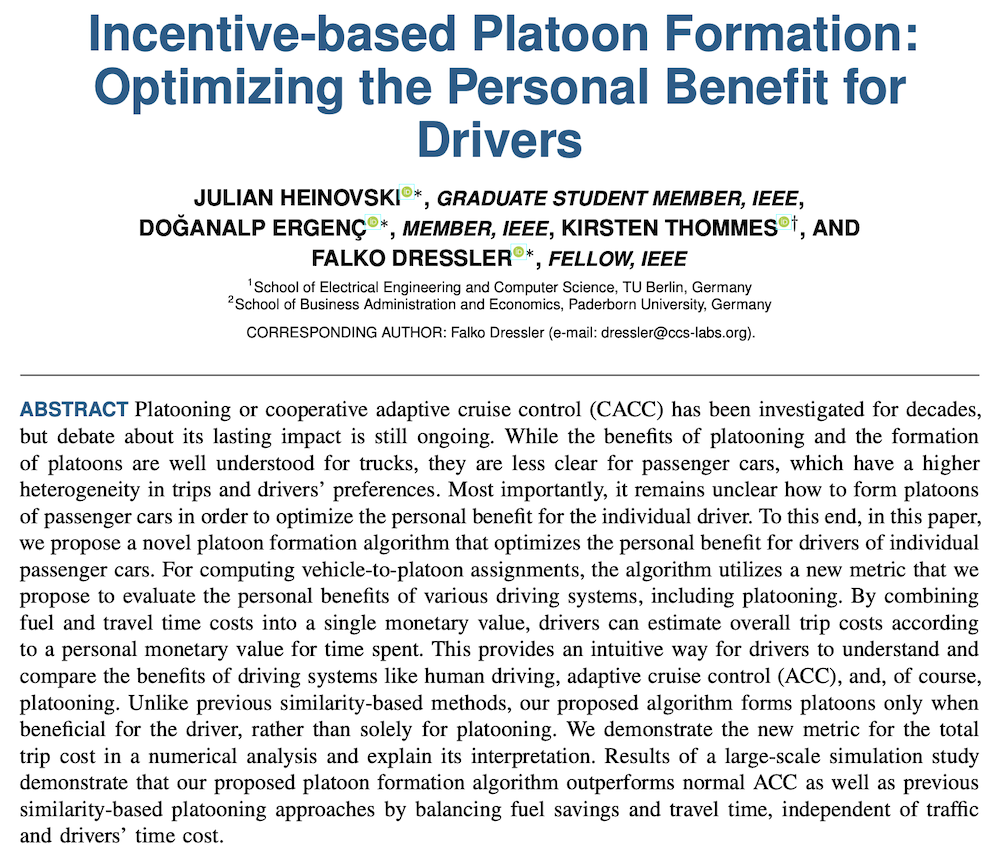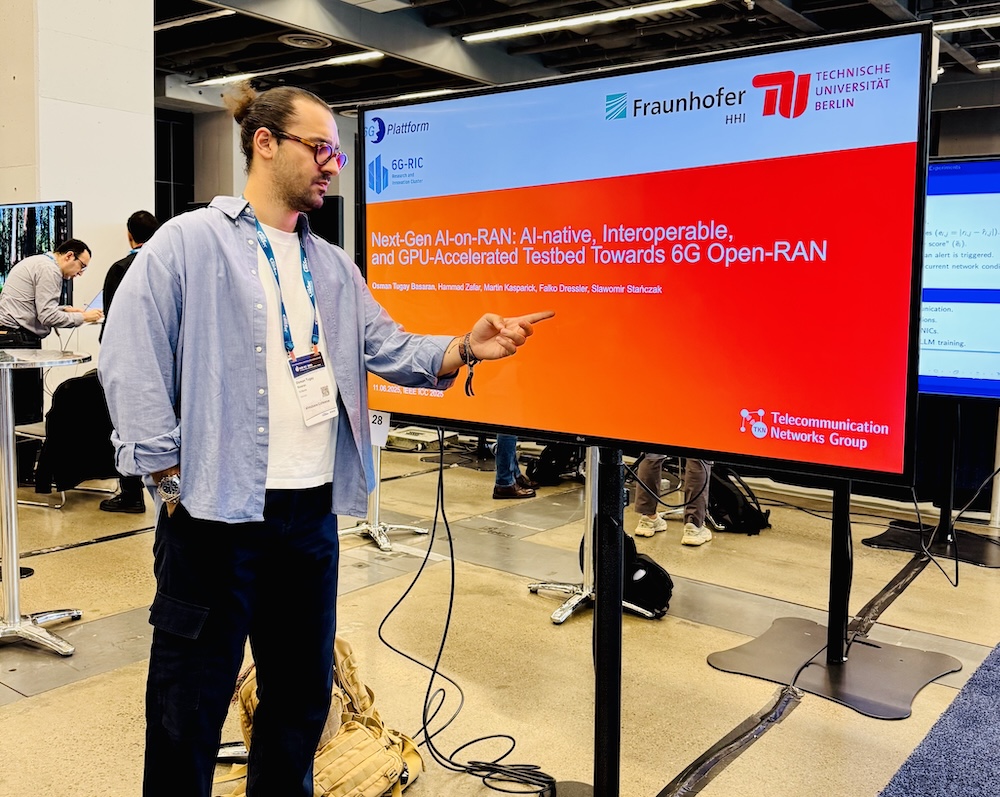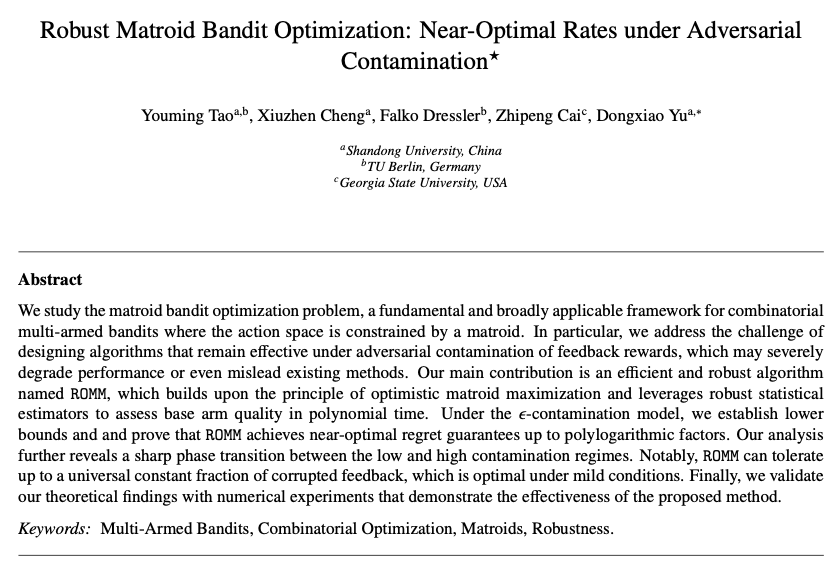Literature Database Entry
perez-palma2021precise
Noelia Pérez Palma, Falko Dressler and Vincenzo Mancuso, "Precise: Predictive Content Dissemination Scheme Exploiting Realistic Mobility Patterns," Elsevier Computer Networks, vol. 202, pp. 108556, December 2021.
Abstract
Device-to-Device (D2D) communications have expanded the way of managing available network resources to efficiently distribute data between users. D2D exploits communication alternatives, in Opportunistic Networks, based on short range wireless radio technologies such as Bluetooth and WiFi-Direct. Besides, nowadays in most urban areas, realistic human mobility is characterized by often repeated patterns that can be used to accurately predict the next visited regions - we call these regions hotspots (or Replication Zones (RZs)). In this work, we present Predictive Content Dissemination Scheme (Precise), to explore and combine the D2D paradigm along with real mobility and predictions focused on the dissemination of content among hotspots. To analyze the viability of such scheme, we show simulation results and evaluate the average content availability, lifetime and delivery delay, storage usage and network utilization metrics. We compare the performance of Precise with state-of-the-art approaches, such as Epidemic, restricted Epidemic, and Proximity-Interest-Social (PIS) routing protocols. Our results underline the need for smart usage of communication opportunities and storage. We demonstrate that Precise allows for a neat reduction in network activity by decreasing the number of data exchanges by up to 92%, requiring the use of up to 50% less of on-device storage. This comes at negligible costs. In particular, the delivery delay with Precise shows an increase with respect to epidemic dissemination schemes that varies from 0.03 seconds in the most dynamic case to at most 1.91 seconds for the least dynamic case, and which however does not hinder the possibility to use Precise for real-time applications. Regarding how contents are spread, we observe that Precise requires 2% to 20% less mobile users to carry them within a target hotspot, especially under slow dynamics. This however does not impact on the probability that mobile users entering the hotspots obtain contents, and barely shortens the lifetime of contents in our experiments from 100 minutes down to about 95, in the worst case. This demonstrates that the reduction of content availability among mobile users with Precise is either negligible or not impactful, thus guaranteeing the dissemination of contents as with legacy epidemic dissemination protocols.
Quick access
Original Version ![]() (at publishers web site)
(at publishers web site)
Authors' Version ![]() (PDF on this web site)
(PDF on this web site)
BibTeX ![]()
Contact
Noelia Pérez Palma
Falko Dressler
Vincenzo Mancuso
BibTeX reference
@article{perez-palma2021precise,
author = {P{\'{e}}rez Palma, Noelia and Dressler, Falko and Mancuso, Vincenzo},
doi = {10.1016/j.comnet.2021.108556},
title = {{Precise: Predictive Content Dissemination Scheme Exploiting Realistic Mobility Patterns}},
pages = {108556},
journal = {Elsevier Computer Networks},
issn = {1389-1286},
publisher = {Elsevier},
month = {12},
volume = {202},
year = {2021},
}
Copyright notice
Links to final or draft versions of papers are presented here to ensure timely dissemination of scholarly and technical work. Copyright and all rights therein are retained by authors or by other copyright holders. All persons copying this information are expected to adhere to the terms and constraints invoked by each author's copyright. In most cases, these works may not be reposted or distributed for commercial purposes without the explicit permission of the copyright holder.
The following applies to all papers listed above that have IEEE copyrights: Personal use of this material is permitted. However, permission to reprint/republish this material for advertising or promotional purposes or for creating new collective works for resale or redistribution to servers or lists, or to reuse any copyrighted component of this work in other works must be obtained from the IEEE.
The following applies to all papers listed above that are in submission to IEEE conference/workshop proceedings or journals: This work has been submitted to the IEEE for possible publication. Copyright may be transferred without notice, after which this version may no longer be accessible.
The following applies to all papers listed above that have ACM copyrights: ACM COPYRIGHT NOTICE. Permission to make digital or hard copies of part or all of this work for personal or classroom use is granted without fee provided that copies are not made or distributed for profit or commercial advantage and that copies bear this notice and the full citation on the first page. Copyrights for components of this work owned by others than ACM must be honored. Abstracting with credit is permitted. To copy otherwise, to republish, to post on servers, or to redistribute to lists, requires prior specific permission and/or a fee. Request permissions from Publications Dept., ACM, Inc., fax +1 (212) 869-0481, or permissions@acm.org.
The following applies to all SpringerLink papers listed above that have Springer Science+Business Media copyrights: The original publication is available at www.springerlink.com.
This page was automatically generated using BibDB and bib2web.

